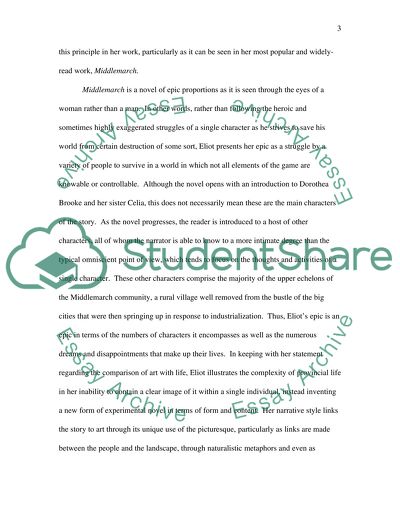Cite this document
(“Art Informs Narrative in Eliots Middlemarch Essay - 2”, n.d.)
Art Informs Narrative in Eliots Middlemarch Essay - 2. Retrieved from https://studentshare.org/literature/1544217-see-attached
Art Informs Narrative in Eliots Middlemarch Essay - 2. Retrieved from https://studentshare.org/literature/1544217-see-attached
(Art Informs Narrative in Eliots Middlemarch Essay - 2)
Art Informs Narrative in Eliots Middlemarch Essay - 2. https://studentshare.org/literature/1544217-see-attached.
Art Informs Narrative in Eliots Middlemarch Essay - 2. https://studentshare.org/literature/1544217-see-attached.
“Art Informs Narrative in Eliots Middlemarch Essay - 2”, n.d. https://studentshare.org/literature/1544217-see-attached.


